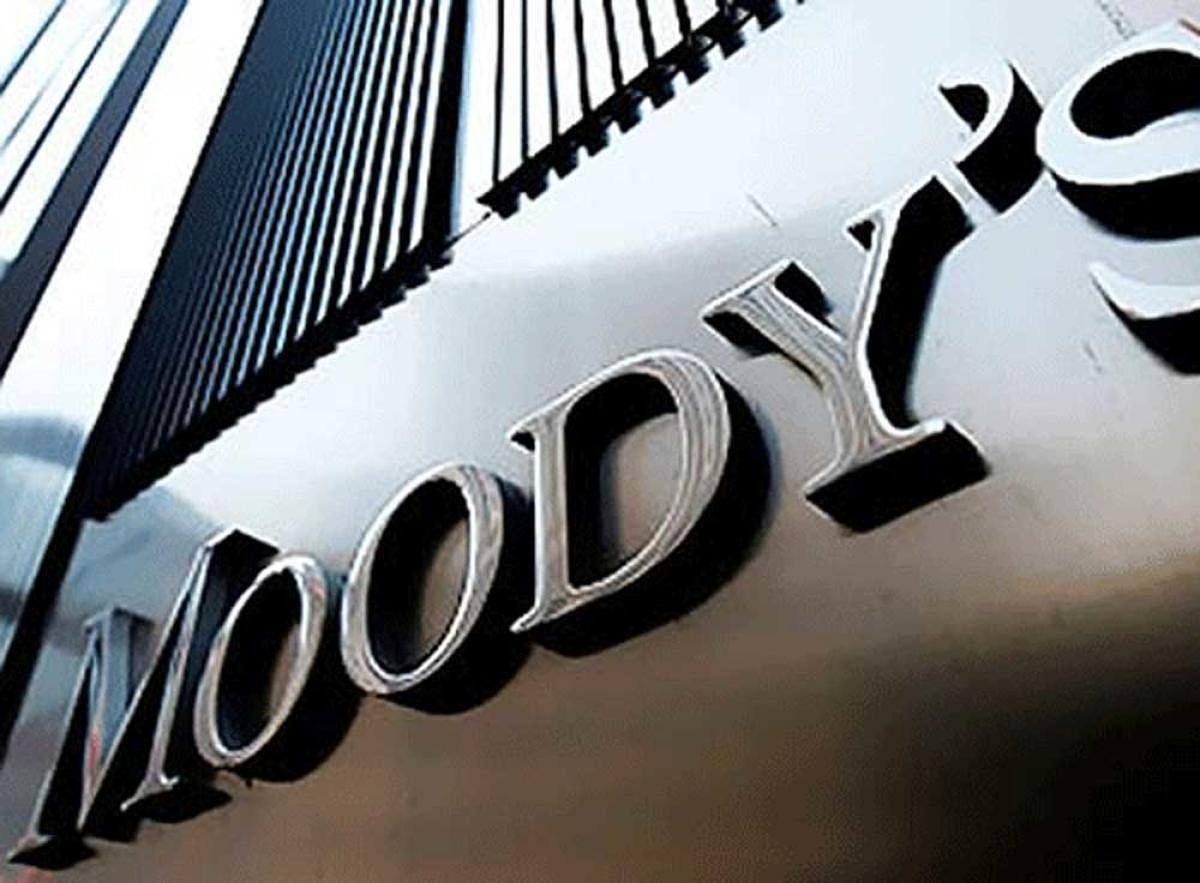
The proposed merger of Bank of Baroda, Vijaya Bank, and Dena Bank is "credit positive" because the merger would provide scale efficiencies and help improve the quality of corporate governance, rating agency Moody's said.
The merged bank would have a market share of about 7.2% in deposits and 6.8% in loans, based on March 2018 data, which would make it the second-largest bank by deposits and the third-largest by loans, Moody's said in its report on Wednesday.
Also, the combined institution would have the second largest branch network, with about 9,500 outlets nationwide, it added.
"The plan is credit positive because the merger will provide scale efficiencies and help improve the quality of corporate governance," it said. Though the government did not provide any timeline for the merger, Moody's expects it to be completed by the end of the current fiscal year.
Public Sector Banks as a whole dominates the Indian banking sector, accounting for about 70% of total deposits in the system and 63% of loans as of March 2018.
However, PSBs are highly fragmented, and only State Bank of India has sufficient scale to have a competitive advantage, it said. "The merger will enable the government to pay closer operational attention to the enlarged institution, as is the case with SBI, which will result in the formation of a stronger board and management team," Moody's noted.
Enhanced corporate governance can help strengthen underwriting and risk-management processes, which in turn can result in an improvement in asset quality.
The three banks, like other PSBs, have been struggling with weak profitability and capitalisation in recent years owing to a surge in nonperforming loans (NPLs), and poor underwriting has been a key reason behind the asset quality deterioration, the report said.
Among the three banks to be merged, Dena is particularly weak, with the highest NPL ratio and the lowest capital ratio. The bank reported losses for three straight years through March 2018, as well as in the quarter that ended in June 2018.
"We expect Dena to remain unprofitable in the current fiscal year before returning to profit in the following 12 months," the rating agency said.
Given the weakness of Dena, the merged entity would require capital support from the government to be able to meet regulatory capital requirements, even though at the end of June 2018, all three had Common Equity Tier 1 ratios that exceeded 8%, which satisfied the Basel III minimum and a 2.5% capital conservation buffer, according to Moody's.
The merger plan entails significant execution risks related to integrating business portfolios, IT systems and human resources, as well as reducing overlapping operations, it further said.